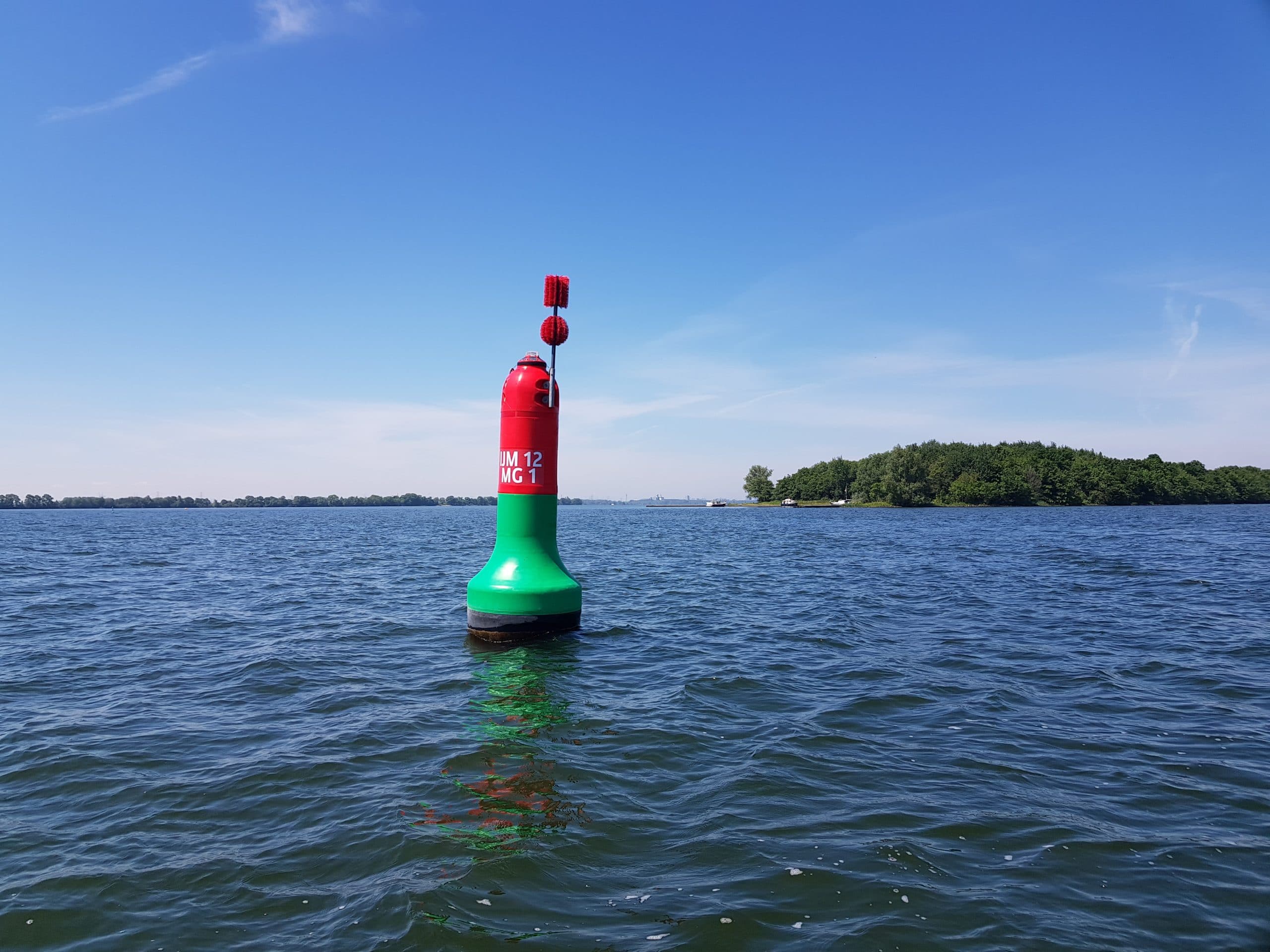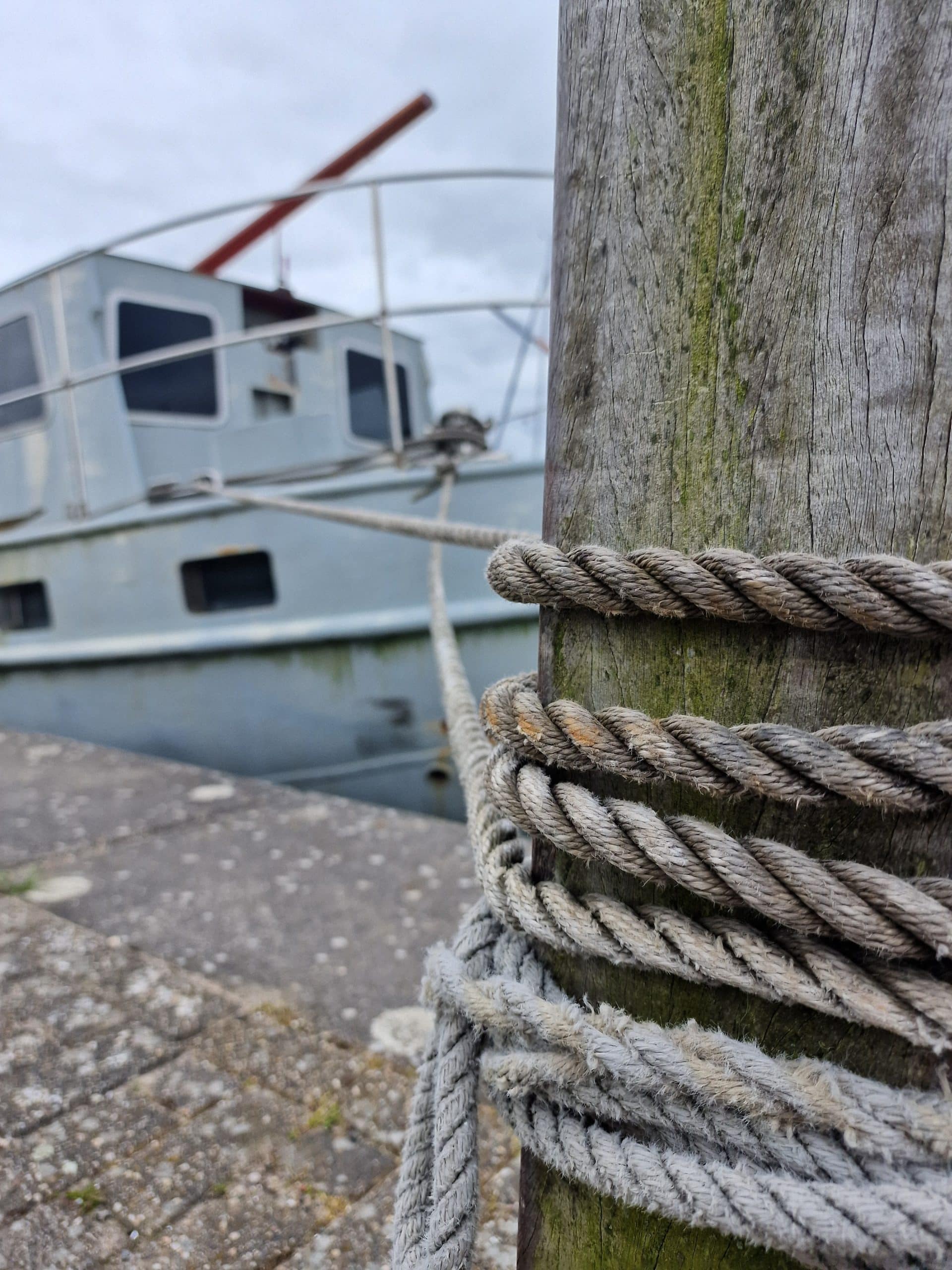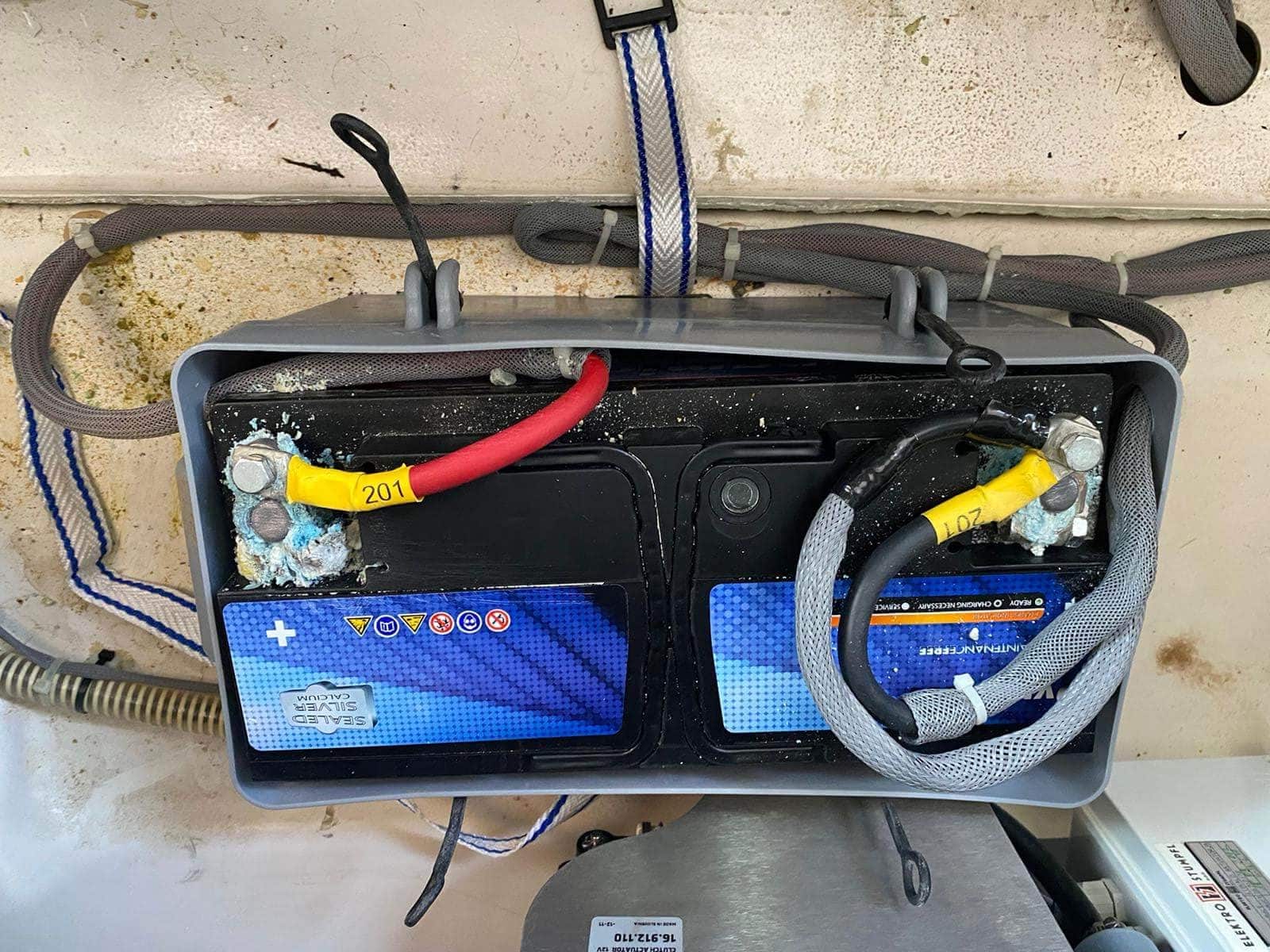What are the basic boating rules?
- Blog
- July 1, 2021
Boating Rules
To ensure safety on the water, there are traffic rules on the water just as there are on the road. The boating rules may vary depending on the area you are boating in or what kind of vessel is being boated on. To make recreational and commercial boating in each area as streamlined and safe as possible, there are rules drawn up that are area-specific. In this article, we will cover the tip of the iceberg of boating regulations so that you are aware of the most important basic rules on the water.
Unlike on land, on water we have an overarching rule: Good Seamanship.
Good seamanship means that you always try to avoid a collision or dangerous situation, so even if regulations state that you have the right of way, if the other person does not comply, you may still swerve.
1. Small gives way to big.
Small gives way to big is as the name implies, small ships give way to big ships. This is a good rule of thumb, but not always the case. In some situations this may not be true. The reason behind this rule is that large ships are often harder to maneuver and less likely to stop. Also, large vessels often have a large blind spot, so always try to stay far clear as the skipper of a smaller boat. Large ships, by the way, are all ships longer than 20 meters, and ships authorized to carry more than 12 passengers. A small ferry is therefore considered a large vessel for the purposes of the BPR.
2. Starboard shore takes precedence.
If there is a marked fairway, for example, a channel (red and green barrels) or a natural fairway (river/canal), the one keeping tight starboard (right side of the fairway) takes precedence. This also applies to small vessels versus large vessels. Thus, if you and your yacht keep a starboard leeward in the fairway, a large vessel crossing the fairway must give you the right of way. However, it is still important to be considerate of each other.
3. Sail goes before muscle, goes before engine.
(Small) sailing vessels take precedence over (muscle-powered vessels) rowboats/canoes, and these in turn take precedence over (small) motor vessels.
4.Motor vessels among themselves.
The one coming from starboard gives way on open water without buoyage markings. On opposite course, both deviate to starboard.
5. Sailing ships among themselves
Starboard gives way to port
This means that the person who has his sail to port has the right of way over the person who has his sail to starboard.
Luff gives way to lee.
This rule applies when sailing ships cross each other and they both have the sail over the same bow. The ship on the windward side (where the wind is coming from) relative to the other ship must give way.

Need help choosing?
Need help choosing a subscription? Then use our handy selection guide.
Newsletter subscription
Fill out the form below to become a member of our newsletter

